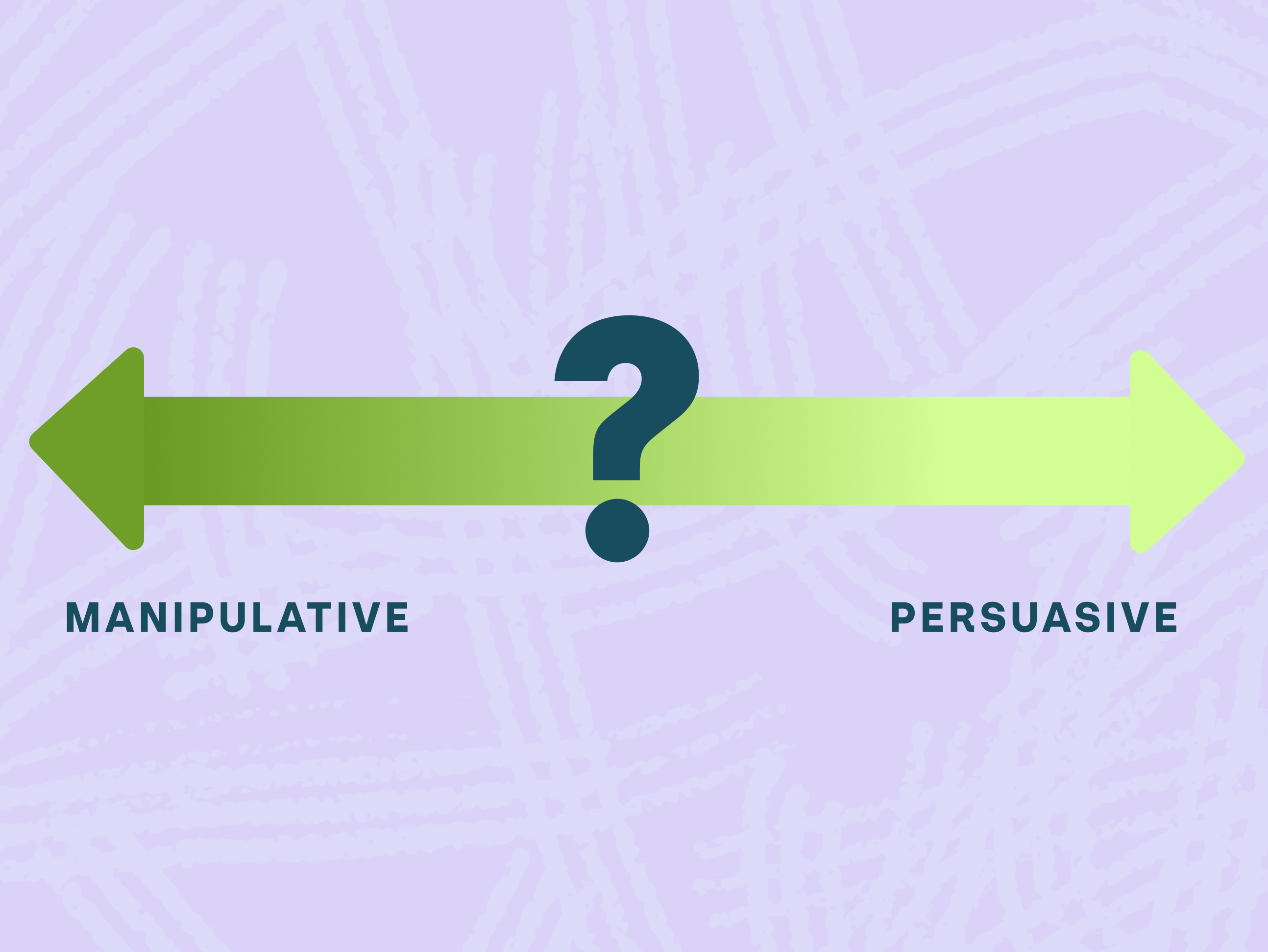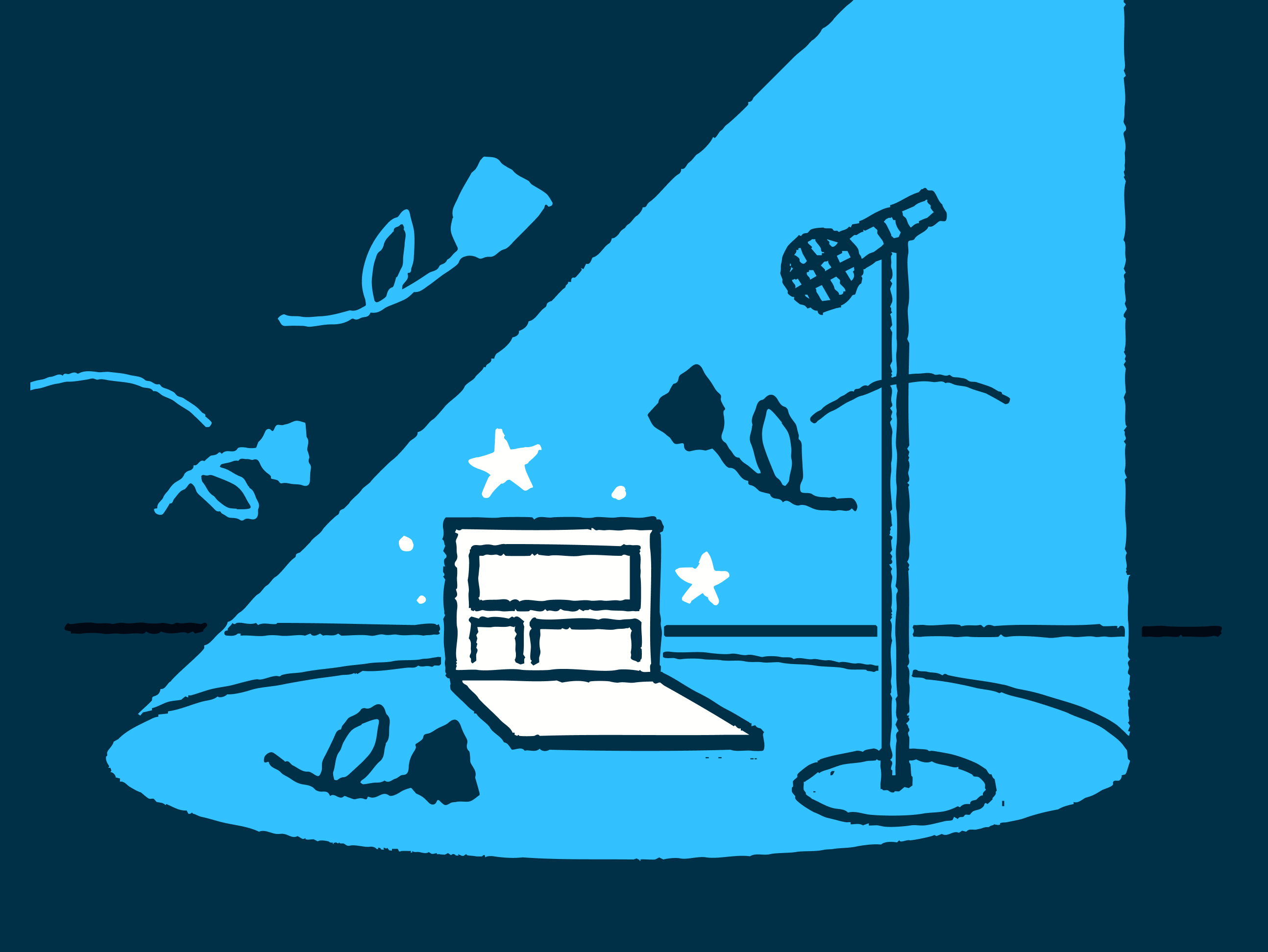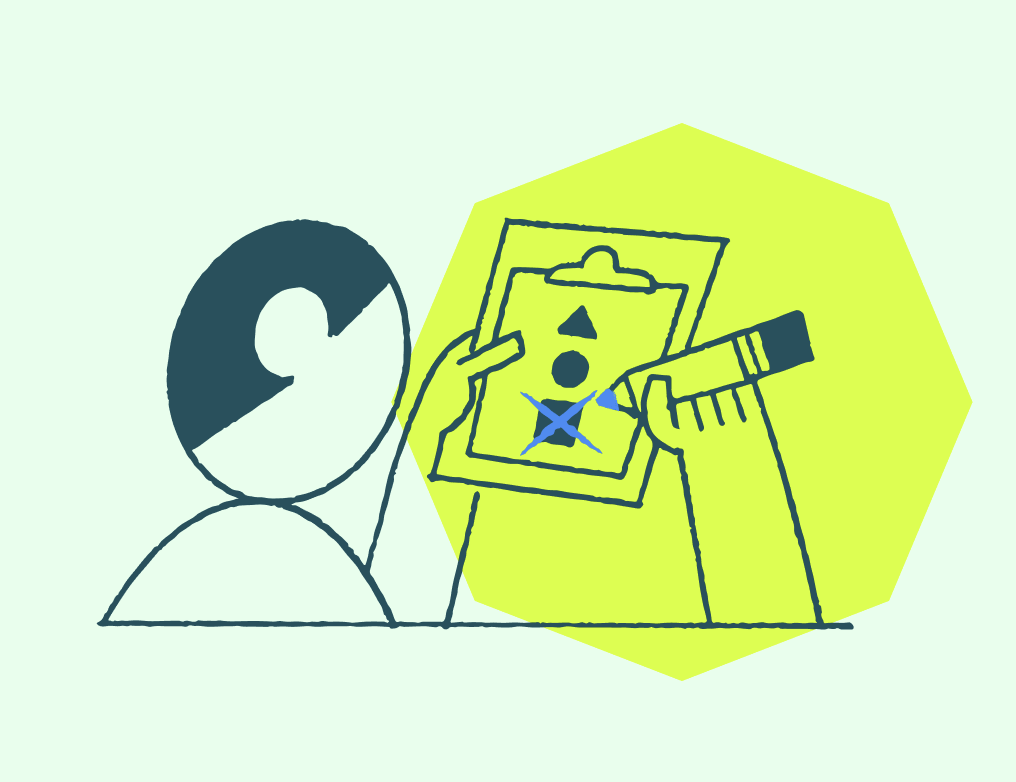How Personas Enhance User Experience and Drive Revenue
Learn how customer personas create insights that improve business strategy.

Customer personas help you understand more about the lived experience of a particular group of customers within a marketplace. Personas have personalities; they characterize customer goals, motivations, pain points, and desires. Most importantly, they’re based on facts gathered by research.
Segments Vs. Personas
Some businesses may already have customer segments, but segments and customer personas are not mutually exclusive. They are different tools with different purposes.
Segments help define slices of the marketplace or a customer base.
Personas help understand the “why” behind the quantifiable behavior.
One example is segmenting your entire customer base by age. But age alone is only going to be so helpful. Sure, it shows what portion of your customers are over the age of 65 but how much does that alone help you make strategic decisions?

Segments can be based on other demographics like gender, location, race, education level, etc. You can also segment based on a user's behavior while they are on your website/app/product, but with personas, you will understand why they behave the way they do.
When designing a product, feature, or workflow, we can (and often do) cut across several segments to develop personas based on the identified needs and motivations of a group.

The value of user personas.
We’re not talking about personas that feature your customer’s favorite color, food, and name of their first pet—things that are completely irrelevant to your business.
Personas should be set against a specific context, like their understanding and use of technology for managing their healthcare, or their needs and motivations.
Personas give you a deeper understanding of your customers to help guide everything from product development to marketing strategies to new services. Now, you can tailor your offerings to meet customer needs AND business objectives.
Here are some examples:
Business objective: Improve the user experience or customer satisfaction.
Personas tell you: How users perceive your value so that you can deliver clear value props.
Business objective: Drive revenue and retention by encouraging desirable customer behaviors.
Personas tell you: How and why your customers are behaving a certain way so that you can remove friction or confusion.
Business objective: Acquire customers from new markets.
Personas tell you: How potential customers behave, what motivates them, and their journeys so that you can optimize your product, marketing, sales, and overall strategy accordingly.
A real-world example.
A B2C app recently partnered with us to develop personas for them. They needed to identify which potential users were most likely to join their app, the messaging that would attract them, and how their app could drive retention through aligned feature sets.
Using the app's data, we identified which customers were frequent users of the app (core customers), and the ones who were less active. Our client wanted to understand why certain people used the app more often than others, and what was holding the others back.
We started by speaking with current users to form the foundation of our personas, then proceeded to validate them at scale. This meant we needed a large pool of potential users to gather good data, so we surveyed 600 qualified potential users through an online survey tool.
Then, we dug in and began to analyze. Four key personas were defined based on our findings, which we then prioritized for our client based on their alignment with the app’s value props. Now, they know which provides the highest likely ROI for the business.
We tied personas to three high-value business objectives:
- User Acquisition: We created an actionable messaging framework for the marketing team so they could more easily reach, resonate with, and acquire best-fit users.
- User Adoption & Retention: The product team mapped the personas to their existing user base. This behind-the-scenes mapping and tagging clearly showed how the product needed to be optimized and which persona-specific features would keep retention high.
- Internal Cohesion & Stakeholder Confidence: These personas gave the client team a shared understanding of their users, which will continue to guide their decision-making and prioritization across teams.
Personas also helped to improve their internal communications as everyone was now looking through the same lens. And, let's not forget, this also highlighted the product and marketing team's maturity to leadership.
For a startup, this renewed alignment and focus was critical in the early stages of growth.
Though this case study highlights a B2C app, the same process can be applied across any industry, company offering, or users.
Using research to create personas.
You might be thinking, "Why do I need research to make these personas, can't I just rely on my intuition?"
Well, sure, you could trust your gut, but data-driven decisions are the name of the game if you want to make informed strategic decisions and reduce risk. User personas give you the data needed to remove the guesswork and makes advocating for change that much easier.
Let's not forget the human element. By better understanding your customers with personas, you and your team can develop a more empathetic understanding of their wants and needs.
We said it before and it's worth saying again: user personas help you prioritize your efforts.
Instead of trying to please everyone, you can focus on the personas of your most valuable customers. This strategic approach helps focus each team's efforts and leads to more effective marketing, higher customer satisfaction, and increased loyalty.
Ready for your own personas?
They're not some trend or fluff-filled profiles that collect digital dust; they're a powerful tool that can transform the way you do business.
Your customers will thank you, and your bottom line will too.
Contact us today to learn how persona development and a research process can support your goals.
What's next?
Have a project you’re working on and need some support? Reach out to us.
Do you just want to chat about product, UX, research, process, and methodologies? We’re down for that too. Let's chat.
Do you want to avoid talking to another human being right now? We get it. Sign up for our Curious Communications newsletter to stay up to date on all things UX and other curiosities. We’ll hit your inbox every few weeks.
Check out our Ultimate Guide to UX Research & Product Design Services
Looking for insights for healthtech product leaders, delivered to your inbox every few weeks? Sign up for our newsletter.
Currently exploring
UX Mastery



.svg)
.svg)
.svg)
.svg)
.svg)
.png)


.svg)

